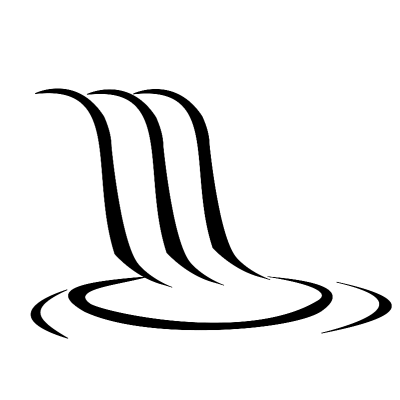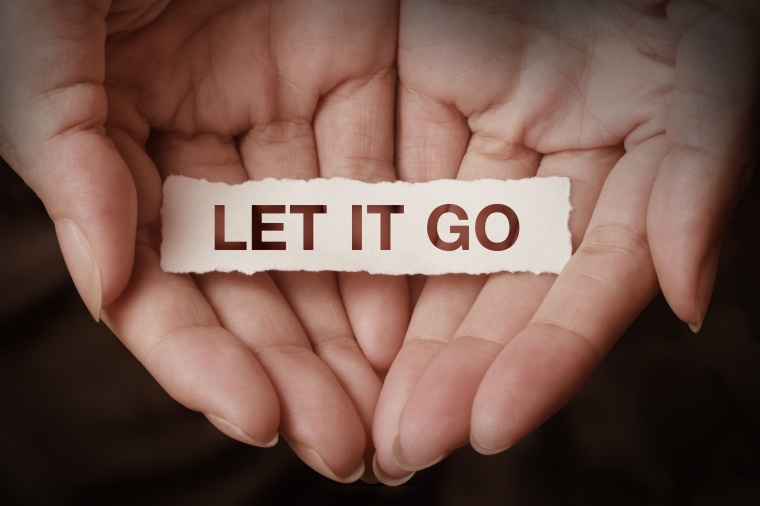Last week we pointed out the 5 best reasons to aim for a slower pace of life. But slowing down is very easy to talk about. You may even be completely convinced of its benefits. But implementing it into your life is quite another thing.
This week, in part two of this post, we’ll get to some of the nuts and bolts of adopting a slower-paced lifestyle.
Take a day
First, you need to recognize the value of your own time. It can help to regularly take a day which in your primary focus is not to work, worry, or play any kind of role–but simply to exist.
Set aside a day off each week. On this day, try to avoid work of any kind, travel, social media, or consumerism. We call it a day of rest, and the benefits are both long and short-term.

We try to follow our own advice in our business practice, closing up shop every Sunday to ensure our employees have the opportunity to renew themselves and the important connections in their lives. We want the same for our clients, and hope that being closed one day a week will make it just a little easier to do the same.
Take some advice from Faith Hill: Just breathe! (Now that song is in your head! You’re welcome!)
When you wake up in the morning, take a few moments to breathe in and out, slowly and deliberately. Ease into it. As you go, take deeper and deeper breaths. Push away your thoughts about what will be happening today and focus on the white noise of your own breath, the feeling of the light that is your breath entering you and renewing you.
If you have a spiritual or religious tradition, this is the perfect thing to pair with whatever prayer or meditation ritual you may like to incorporate into your routine. In this way, you connect both with your own life, and with its source.
Relax!
Relaxation is more just an activity to incorporate into your routine, (though it definitely should be that as well).
Most people don’t realize that relaxation is a principle of work. The ability to relax is essential for any kind of worthy activity.

Of course, you have to get your game face on and take on whatever task lies ahead. That’s the work part. But once you have your momentum going, there comes a point when you can stop trying so hard and let yourself get into a flow. You can’t get into that flow if you’re rushed.
Ever wonder why you can get through a whole day at work and feel like so little got done? Constant interruptions like meetings, phone calls, birthday cake in the break room–these all stop your flow and make it necessary to start and re-start your work throughout the day.
The late Ray Bradbury put it well when he said “Life is meant to be touched, not strangled. You’ve got to relax, let it happen at times, and at other times move forward with it.” It’s in this state that truly great work, even art, can begin to flourish.
Recognize that civilization is overrated
We’ve inherited a lot from our parents and our ancestors, good and bad. It can help to notice what came from those who have gone before, and how they’ve influenced us without realizing it. The American propensity for overwork goes way back to the Roman empire, and probably even further.
But does that go-go mindset really make sense for you, now? By that logic, pushing your car’s engine to the red line at all times should make it run better, right? Wrong! That’s a good way to prematurely end the engine. So it goes with your life.
Yes, work. But over-work could be shortening your life and siphoning your joy. It may be time to question things it’s never occured to you to question before.
So many other factors come crowding in for the present, as well: the expectations of others, the expectations others put on us.
- Do you really have to do this or that?
- Is this or that commitment really important to you?
The first step in taking control of your own time is to recognize that it’s yours. Take it!
Realize that Mom was right …
Chew your food! This may seem like a little thing, but in this fast-food world, this little thing can make a big difference in your life. The speed at which you eat impacts how much you eat in any given sitting and how much you enjoy your meals.

And given that the number of meals you’ll eat in your life are numbered, isn’t it worth making sure each one of them counts?
On a related note, if you feel like fast food is threatening to dominate your diet, try our next suggestion.
Become your own personal assistant
This can apply to planning your meals or just your life in general. While we generally associate planning our lives with a fast-paced life-style, the opposite can be true if you know how to handle it. Planning your life gives you the chance to build lots of gaps between tasks and breaks where you can work them in. Many people find that for things like massage, exercise, focused relaxation, and other forms of self-care, planning is the only way to go.
Imagine how you would feel if, yes, you had your day mapped out for you, and that you had plenty of time for every task?
You may not be able to afford a personal assistant, but a little extra time spent planning your week, say, on Sunday nights in front of Netflix, could help you hit the breaks and slow down.
Be well.
Tom Gunn is the marketing director and blog editor for The Good Life Massage. You can find him on Twitter @tomgunnpoet.





